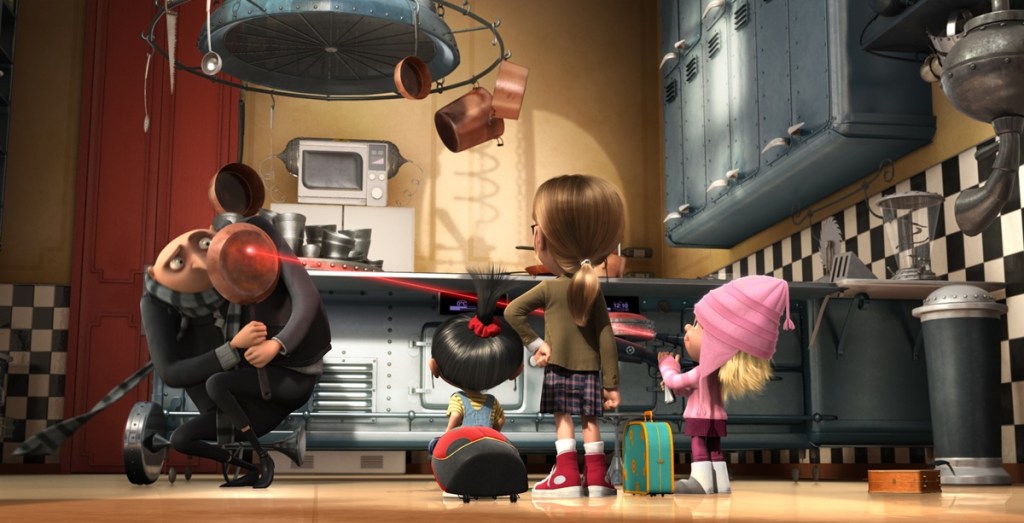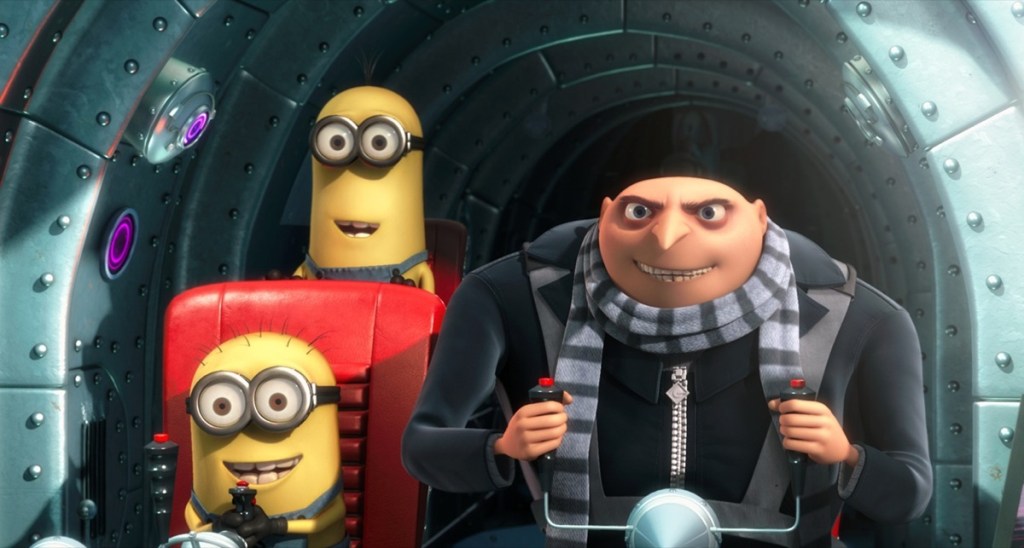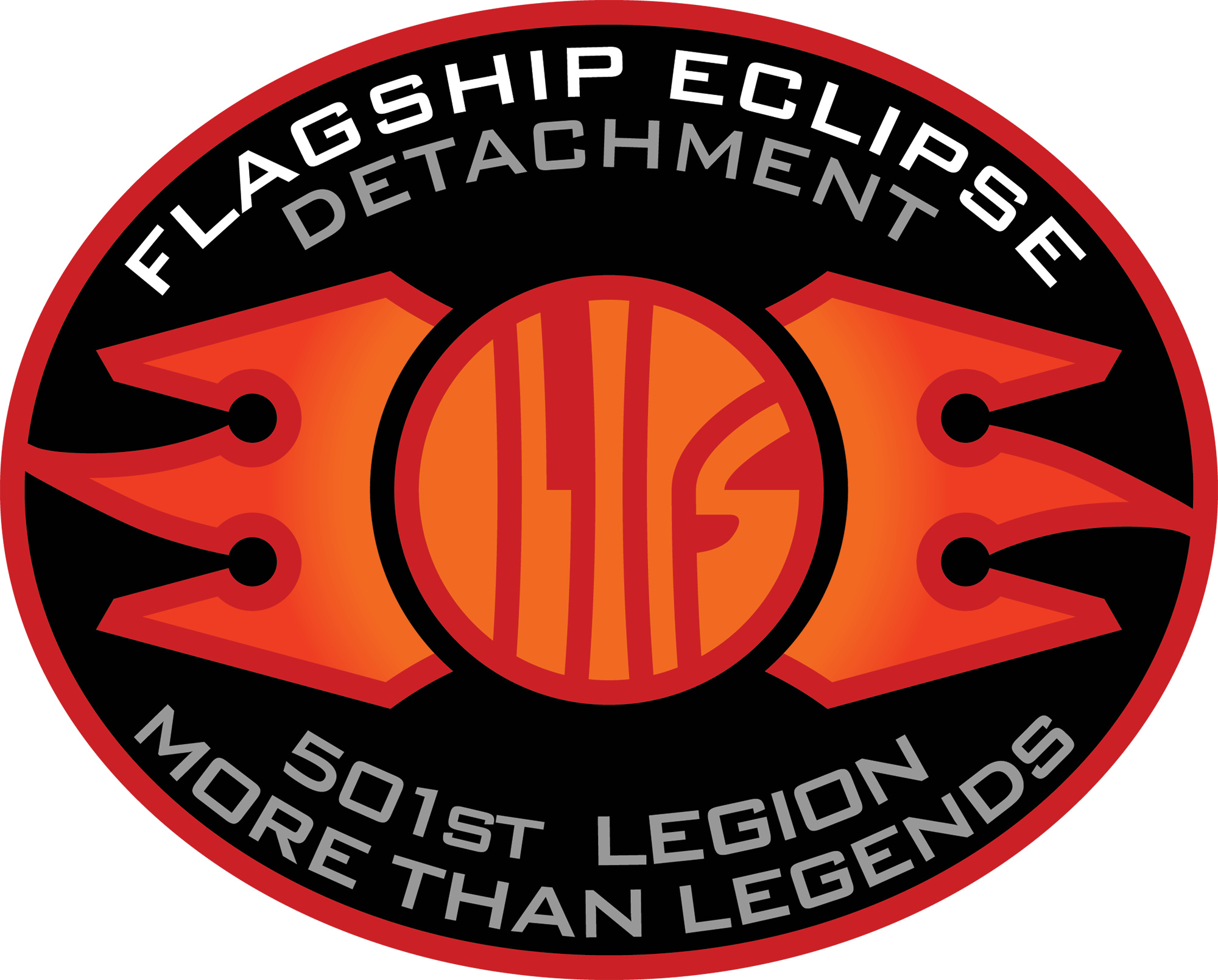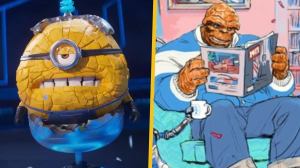
It’s hard to imagine a world without those Minions or Gru. The Despicable Me franchise has embedded itself so deeply into global culture, from Minion memes to Gru’s voice and distinct way of saying “gorls” to even that hit Pharrell Williams tune “Happy.” Having produced four solo Despicable Me installments plus two Minions spinoffs (with a third on the way for 2026), the Despicable Me franchise is endlessly lucrative. At this point, these characters appear poised to become akin to Bugs Bunny and Mickey Mouse, figures that never stop producing new adventures.
However, every saga has its beginning. 15 years ago, the original Despicable Me opened in theaters and started not only a license to print money, but also a new animation titan in Illumination. What was so risky back in July 2010 has become a titan franchise in 2025.
The Odds Were Once Stacked Against Despicable Me

Believe it or not, several factors in the 2010 cinema landscape seemed to indicate Despicable Me had, at best, a drastic box office ceiling for how high it could go. Prior to July 9, 2010 (the day Despicable Me opened in American theaters), only five animated family films that weren’t from Disney or DreamWorks had crossed $150+ million domestically (two of those five were Ice Age sequels). Studios had been reminded of the harsh box office realities for non-Disney/DreamWorks/Blue Sky Studios animated titles in 2006, when countless animated features opened trying to become the next Shrek.
The result was box office bombs like The Wild, The Ant Bully, Doogal, and countless more. Largely sitting out that year (save for the hand-drawn February 2006 feature Curious George) was Despicable Me distributor Universal Pictures. This studio’s modern animated track record was extremely minimal. After 1980s hits like An American Tail and The Land Before Time, Universal’s Amblimation box office duds in the ’90s turned the studio off animated family fare for eons. Was Despicable Me really going to overcome both Universal’s mixed animation track record and the limitations of non-Disney/DreamWorks animated features?
The answer to both questions turned out to be a resounding yes. Opening to $56.39 million in North America, Despicable Me rode outstanding word-of-mouth to a jaw-dropping $251.6 million domestic total. Not only did Despicable Me outgross all three DreamWorks Animation titles in 2010 (including the fourth Shrek installment), it made more cash in the US than then-recent Pixar titles like WALL-E and Ratatouille. Defying all the rules, Despicable Me proved family-friendly animated box office hits really could come from anywhere.
Despicable Me Also Launched Illumination Into the Stratosphere

One byproduct of so many mid-2000s animated features going belly-up at the box office is that the animation studios behind these projects ended up fizzling out. Vanguard Animation, C.O.R.E., IDT Entertainment — these were just a few of the labels that never reached their full potential after launching big 2006 animated features. Even Sony Pictures Animation would take years (and the Hotel Transylvania franchise) to find its footing after releasing its first theatrical movie, Open Season, into theaters in 2006.
Despicable Me outfit Illumination, meanwhile, immediately rocketed to the top after this 2010 film. Finally, a new major animation studio consistently producing feature-length movies was born. Quickly, Illumination would produce hits like The Lorax, The Secret Life of Pets, and Sing. The artistic quality and critical reception to such projects were mixed, but they all proved to be moneymakers. Thanks to Universal attaching its wagon to Illumination, the studio that once sat out animated family movies is now the modern champion of them (acquiring DreamWorks Animation in 2016 didn’t hurt).
Despicable Me’s legacy even stretches beyond its own franchise or production company. This feature’s practice of outsourcing animation to French animators kept Despicable Me’s budgets at just $69 million. This cost-conscious maneuver, once the domain of direct-to-video animated films and TV shows, has now been mimicked by almost all other non-Disney animation studios today, including Skydance Animation and Paramount Animation. Everywhere one looks, there are reminders of Despicable Me’s immense success and influence on the wider culture.
Launching an original animated feature that wasn’t attached to either the Pixar or DreamWorks brand name in summer 2010 once sounded like a foolhardy proposition. 15 years later, it’s clear that the bold release plan for Despicable Me paid off and then some. Would we all be staring down the barrel of Minions 3 if that weren’t the case?
Despicable Me is now streaming on Peacock.
The post 15 Years Ago, Despicable Me Launched a New Franchise and Studio appeared first on ComicBook.com.


